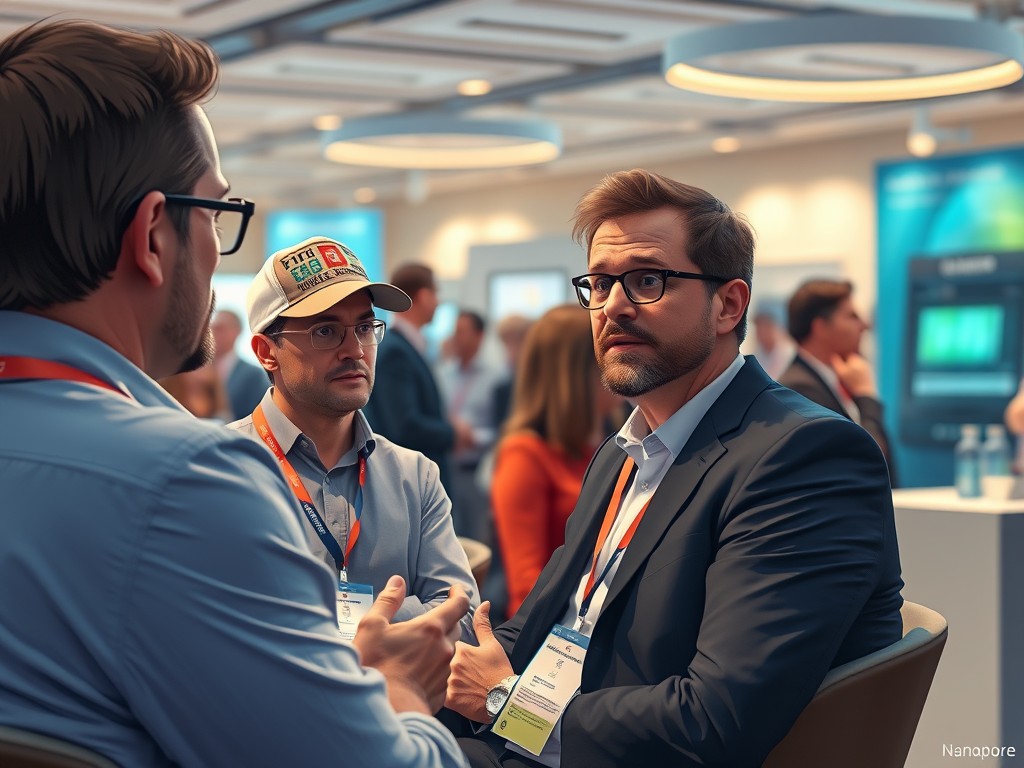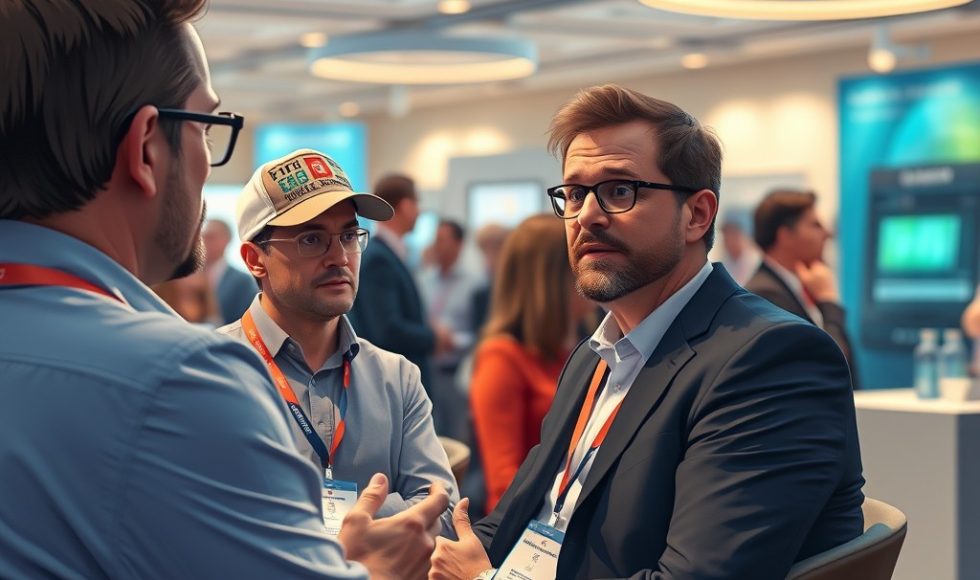Tonight, I continued watching Biopharma Day, part of the Nanopore Community Meeting 2024 in Boston, and the session on “Implementation of sequencing in a regulated environment.” David VanHoute from Regeneron Pharmaceuticals is at Regeneron’s manufacturing site and working on validating and implementing NGS assays. Sebastian B. Teitz from very Teitz Consulting in Germany wore a PDA hat. PDA is a volunteer and member association focusing on adventitious virus detection, for example. Gaston Vondenhoff from Lonza in The Netherlands spoke about implementing NGS for testing. During the audience questions portion of the session, they were asked when NGS-based testing methods would be fully integrated and not an “orthogonal” approach. VanHoute said there is momentum to adopt, and changes are coming. For example, Vondenhoff noted that in vivo tests have never been as sensitive as desired. NGS provides the opportunity to remove animal testing (in vivo). An audience member noted that the publication highlighting how insensitive in vivo testing is compared to NGS is close to fifteen years old! VanHoute mentioned that Regeneron’s goal is to move to NGS testing. A metagenomic assay, they said, would be ideal. Vondenhoff said that RNA integrity measurements/assays are needed, and this is where ONT can make a big difference. VanHoute explained that Regeneron is part of consortia working with others to standardize and improve the technology. Vondenhoff spoke about the need for better RNA integrity assays that include sensitive length and capping detection. The panelists ended by saying that equipment validation, confirmatory assays, and collaboration are needed to continue making progress in establishing NGS-based methods in regulated environments.



